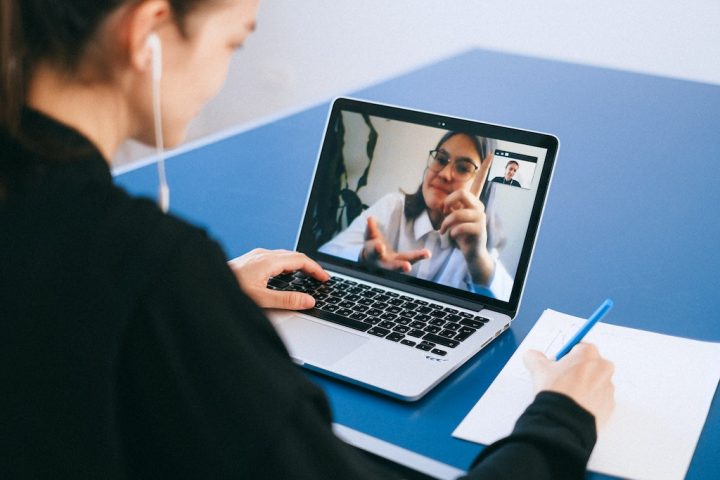Effective Notetaking Techniques

Sustainable Food Packaging Trends
May 13, 2021
10 Print Materials to Increase your Sales
May 21, 2021
Effective notetaking is an essential skill for the very best students. It’s also a huge asset in business and working life too. Business Optimizer considers some techniques for effective notetaking.
Taking paper notes is a great skill to develop – it’s favoured by successful people in all walks of life.
JK Rowling has said, “two of my most prized possessions are a pair of small notebooks, which contain my very first scribblings about Harry Potter.”
Quentin Tarantino is also a fan – he has been seen frequently jotting down and “borrowing” conversations from everyday life as inspiration for his scripts. When asked why he writes his scripts by hand, he reportedly replied, “I can’t write poetry on a computer!”
Furthermore, Bill Gates, Richard Branson and banker Josef Ackermann are all said to favour paper notetaking.
What is it about taking paper notes that works?
Paper notetaking’s key advantage lies in the way it helps you to fully engage with the topic under discussion. And, because you are more fully engaged, you are more likely to retain the information.
Oxford Learning summarises the benefits of paper note taking thus:
- Ensures that you are actively listening
- Requires you to think about what you are writing
- Helps you make connections between topics
- Serves as quality review material
These benefits are as essential in an educational setting as they are in a work setting.
Choose a note taking technique that works for you
There are many different techniques for note taking and it may be that you need to experiment with several them before you find the one that really suits you.
Oxford Learning lists the top five techniques as:
The Cornell method
Whereby the page is divided into two columns and basic notes are written on the right side of the paper and your thoughts and comments can be added to the left
The mapping method
Ideal for visual learners, you can record your notes as a series of mind maps – helping you remember the connections between topics and promoting active engagement.
The outlining method
In which you structure your notes using a series of headers and sub-headers.
The charting method
By dividing your page into columns, you can organise your notes into categories, so that facts are easy to review later.
The sentence method
Start a new sentence or bullet point for each new detail and jot down the main key words, moving swiftly from one point to the next.
It may be that you end up using a combination of these approaches, depending on what works best for your own way of thinking and working.
How can you perfect your notetaking?
Since the benefits of notetaking arise from the way you engage with the material, it follows that there are other things you can do to engage with the material that will maximize the benefits of your notetaking.
Fast Company writer Laura Vanderkam recommends:
- Review the information ahead of the meeting or lecture. Think about what you want to get out of the meeting in advance.
- During your notetaking, don’t simply transcribe – put things in your own words.
- Review immediately – as soon as the meeting finishes, organize your notes and add any additional observations or comments.
- Revisit your notes regularly – especially before the next meeting on the topic.
Need further convincing? Discover more on why paper notes are so great.
Hungry for more tips? Read our advice on how to take paper notes faster.




